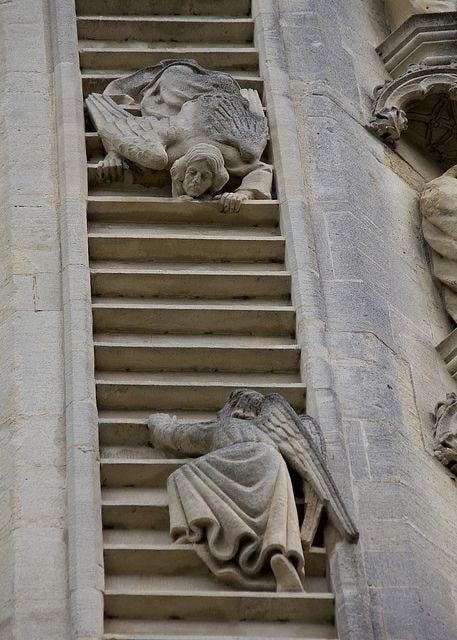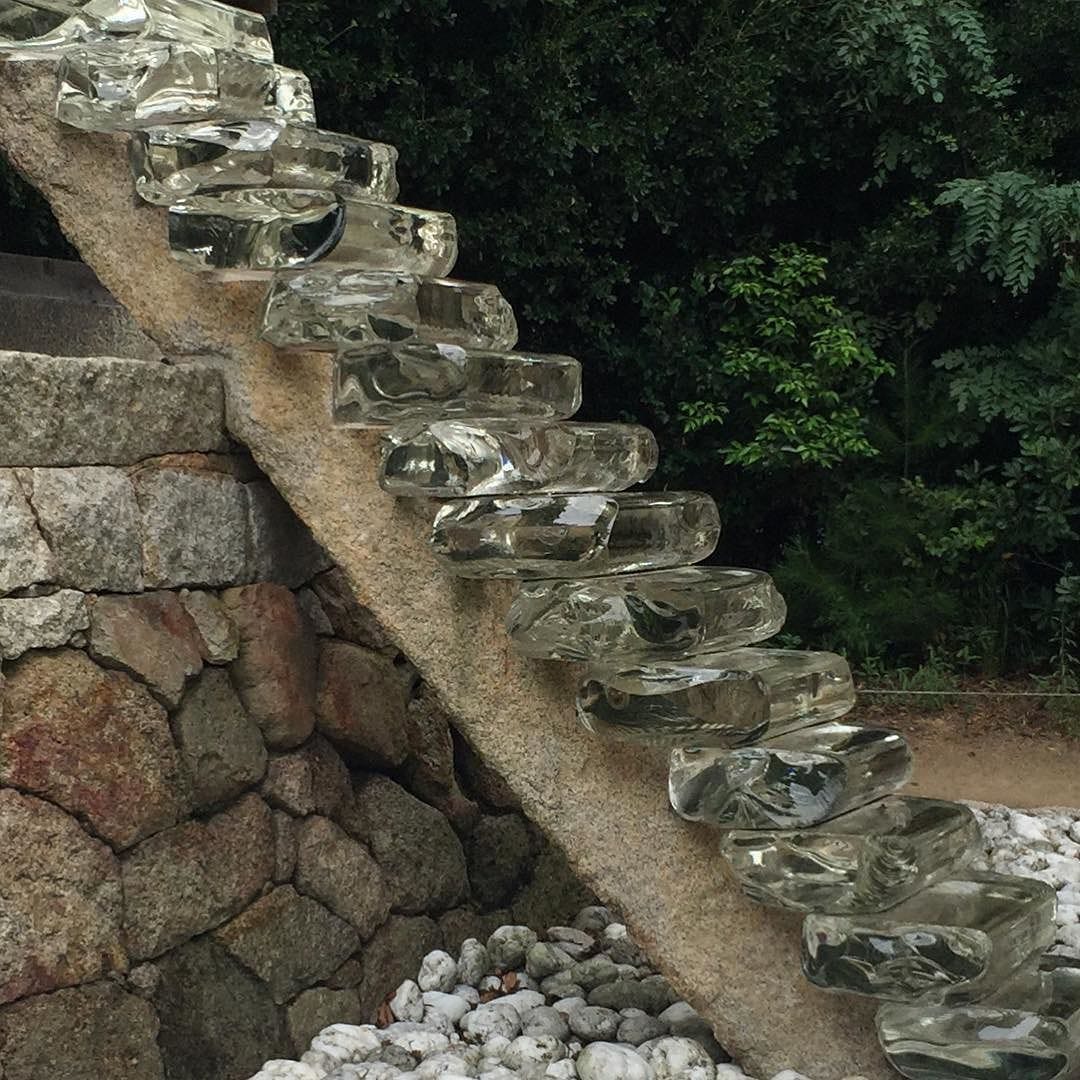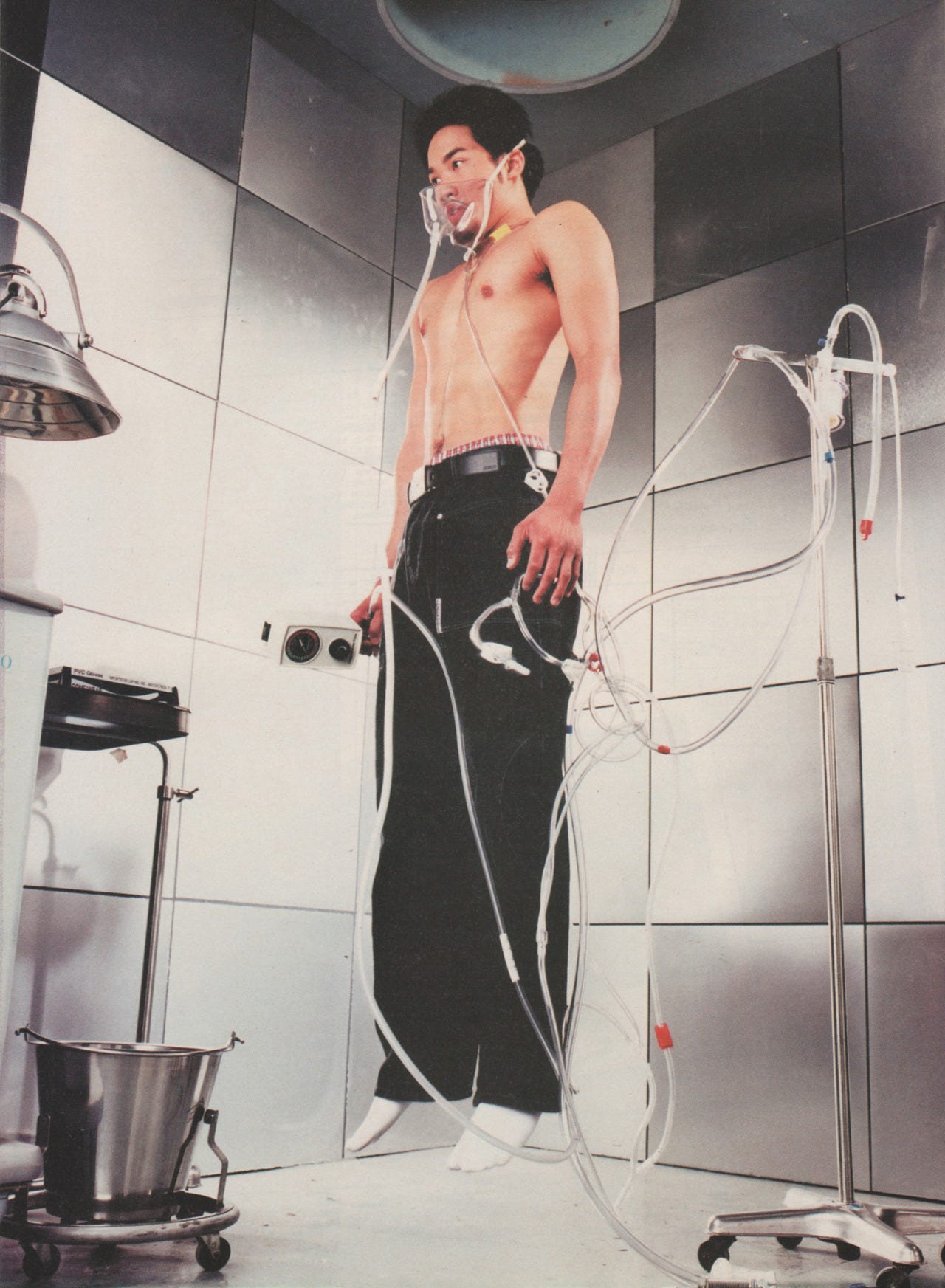The "Fitness Valley": Why Q-4 Is One Of The Two Best Times Of The Year To Get In Shape.
We're more likely to get in shape (and stay in shape) if we utilize the two "fitness valleys" of the year.
WTF is a “fitness valley” (FV) and why should I care? It sounds like some off-brand granola nobody buys because it tastes like wet, shredded cardboard left out in the sun to dry. The answer lies in taking a hard, sobering look at our habits across social time, work, travel, sunlight, and precious time and energy. As a bespoke fitness coach, I have the unique opportunity to provide clients with a bird’s eye view of their health habits across an entire year of training. When I look at the calendar view of the workouts they actually end up completing in a whole year, the curve looks like a parabola. We tend to start off strong right after New Year’s Day, start faltering in February, drop off sharply in the summer months, start rebounding as it starts getting cooler in the fall, then drop off again during the holiday months. Rinse and repeat year after year. The most tragic part of the cycle? Many people with visual goals tend only to start to become motivated again as it starts getting warmer, and by that time it is largely too late to see progress until it gets cold and we start strapping on layers again.
We’re currently in the transition from Q-3 into Q-4. These months (September-November) tend to be one of two times of the year when clients tend to be most consistent. We’re back from summer vacations, work (structure) resumes, and kids are back in school…but only a few short months before the holidays throw the train off the tracks again. Consider that this valley is also one month shorter than the other major FV of the year: the Jan-April window, when most of us are just back from vacations and visiting family over the holidays, the kids are (again) back in school, and it’s too cold to be social often. There’s not much else to do but go to the gym, work, and go to sleep early. Q1 work is now in full swing, giving structure + momentum to the week. Realize how rare it is for all of these factors to align?
If our primary goal is visual progress, consider that any CONSISTENT change we make now we will start to see a ‘lasting’ change in the body in a minimum of 3 months. Why? That’s how long it takes for a true, solid adaption to be visible. Muscle takes time to grow. Any fitness magazine or shredfluencer program that promises a big, firm glute shelf or ripped abs in 3 months is straight-up lying to us. Prior to this, we may see what looks like change, but is actually just an acute, temporary physiological response: the fleeting “muscle pump”, leaning out due to dehydration, or smoke and (literal) difference in mirrors and lighting.
Next, let’s consider the effect of circadian rhythms on our energy. This isn’t going to be some ubermensch-level Huberman-type nonsense nobody with a real job can realistically do: just the simple fact that there is less sunlight in FV 1. In FV2, we at least get a few extra hours of sunlight in the afternoon and evening, giving us the psychological mind trick of the day not being over once we get off of work. We’re more likely to hit the gym, a class, or workout at home after work - unlike in the January-April winter months - when the sun sets at 4:54pm.
The derailing months of April-Sept tend to be the roughest, longest period of inconsistency for clients. In 5 years of coaching, few have managed to make progress during this time. It’s better to think of it more as a period of maintenance: steps may be up, but fewer workouts due to travel, social time, food + drink. Visual results are NOT everything and are already overemphasized in fitness culture, but personal desires deserve speaking to in order to keep it real. If we want to see our hard work by the time of year we tend to (hello early late spring once we no longer get to clutch on to light outerwear as temps rise), FV 2 (now) is the time to engage with a sustainable fitness practice.
Mecca DNM ‘JeanTherapy’ ad print in The Source magazine issue n132 2000








